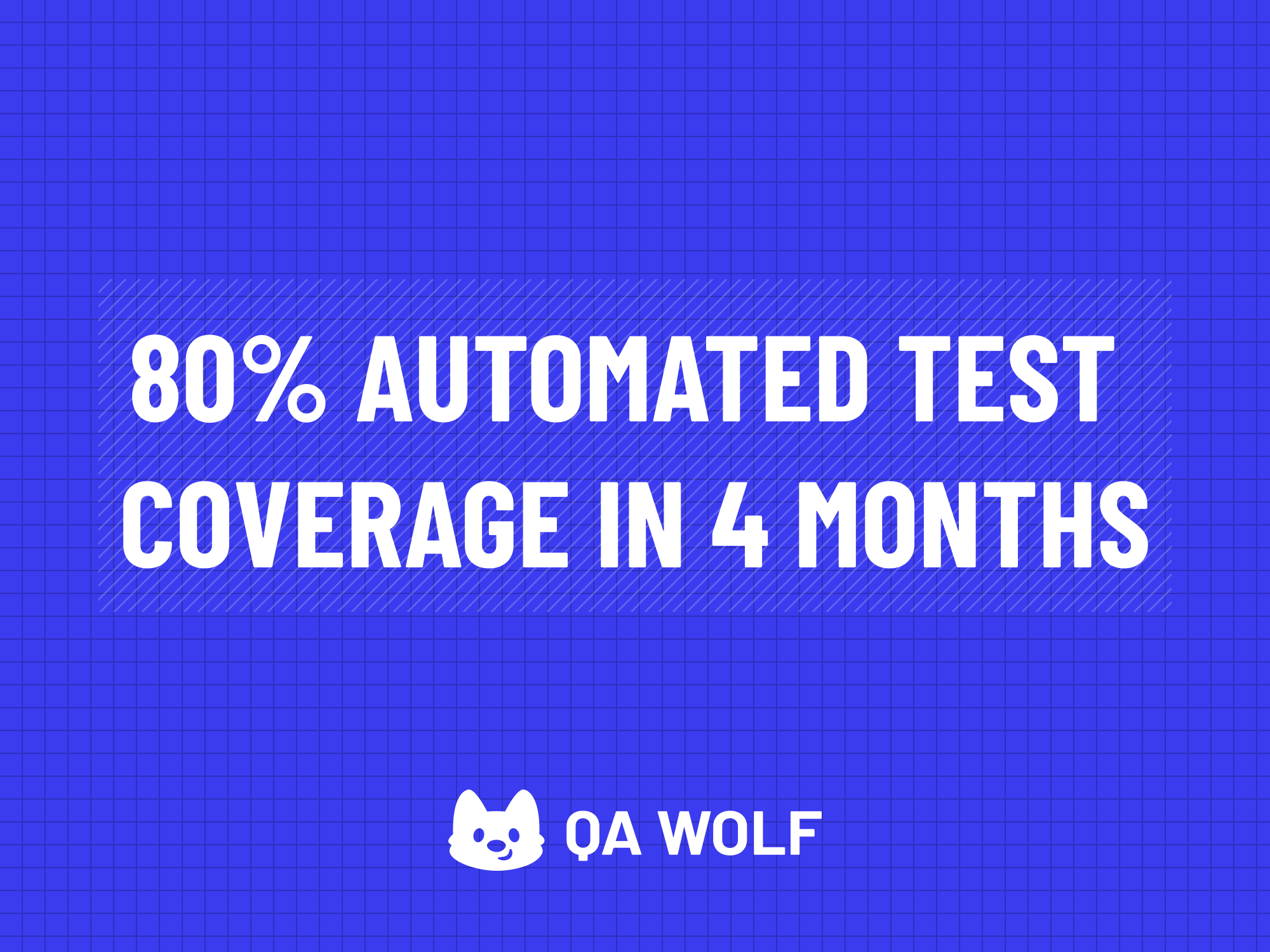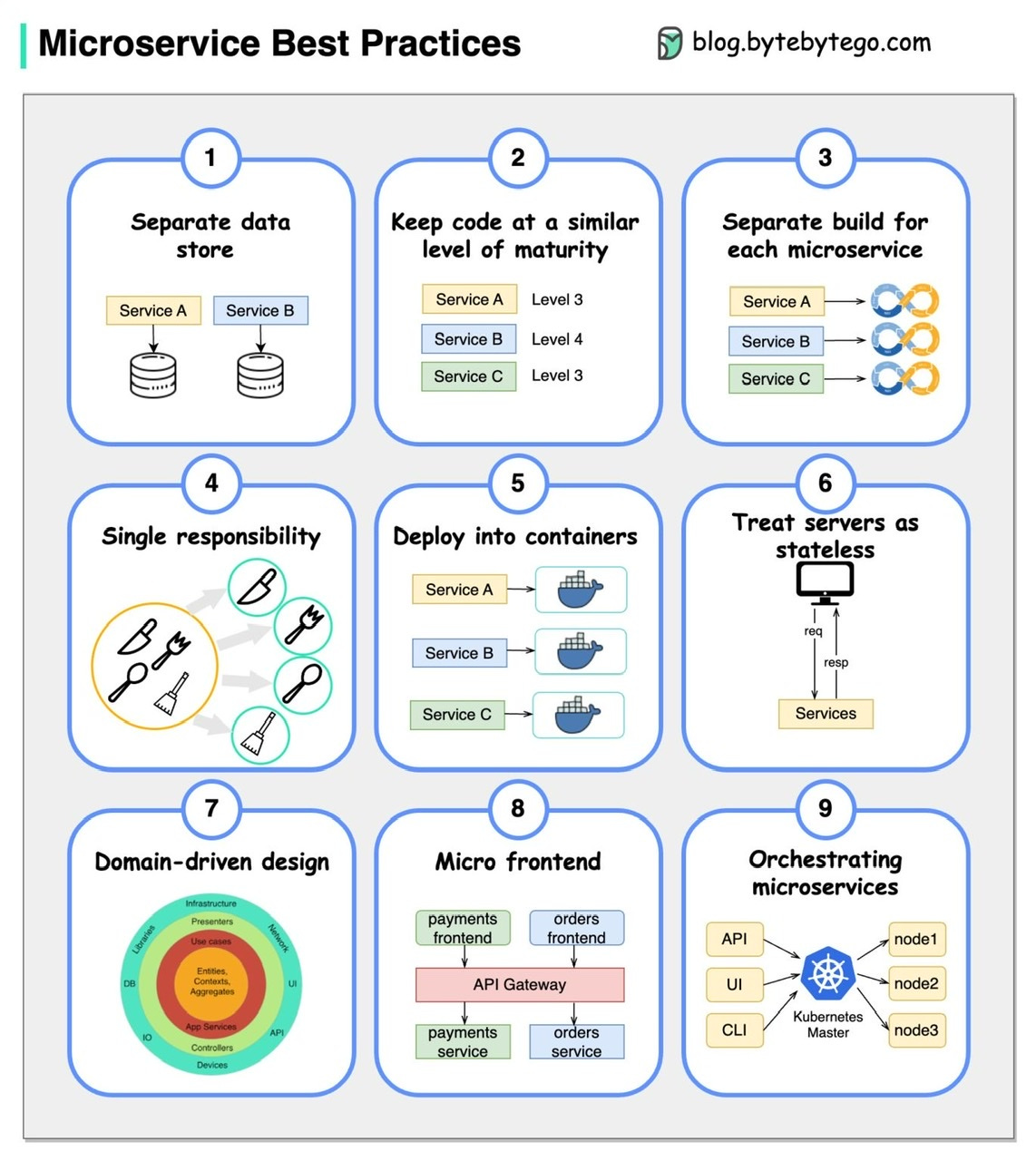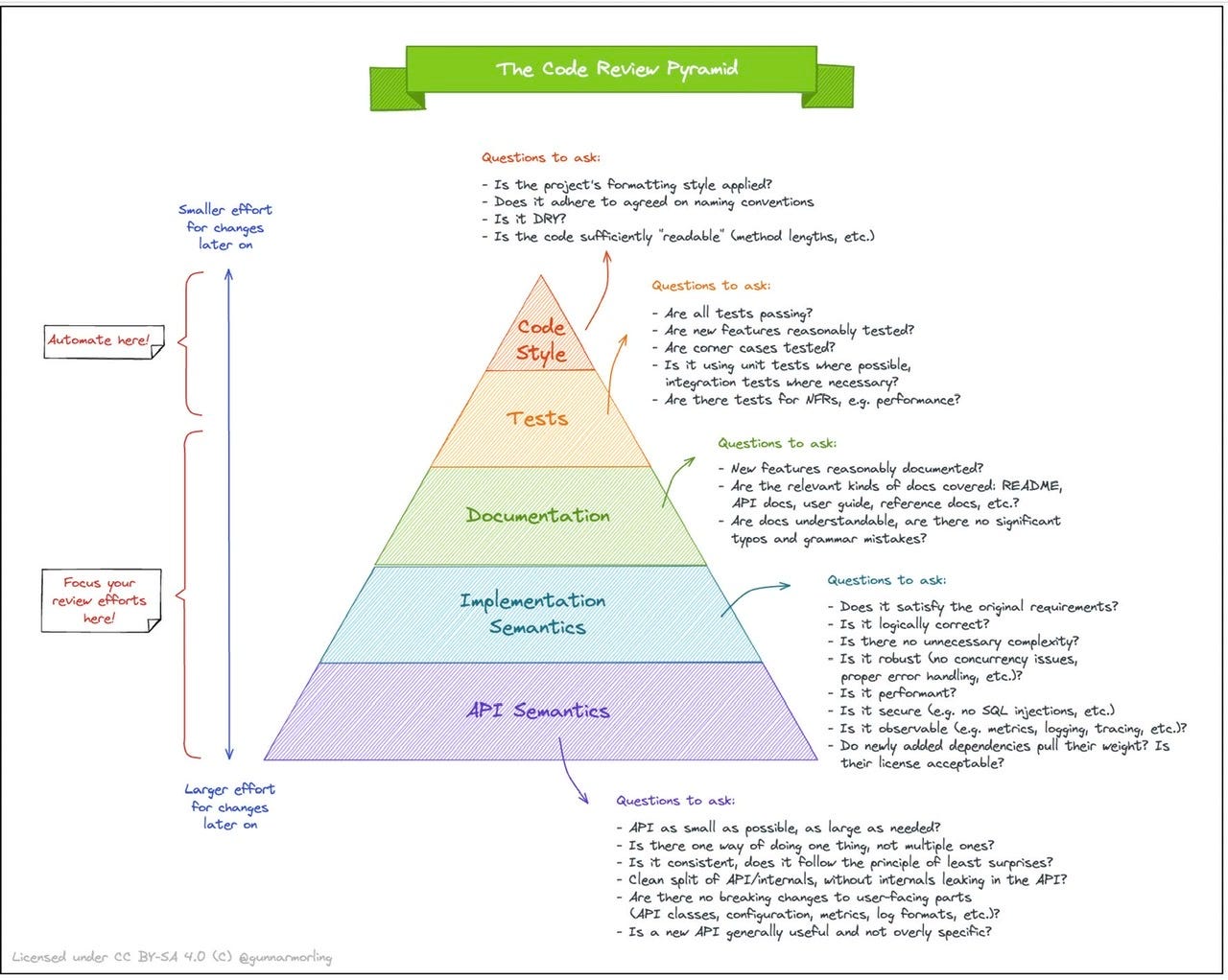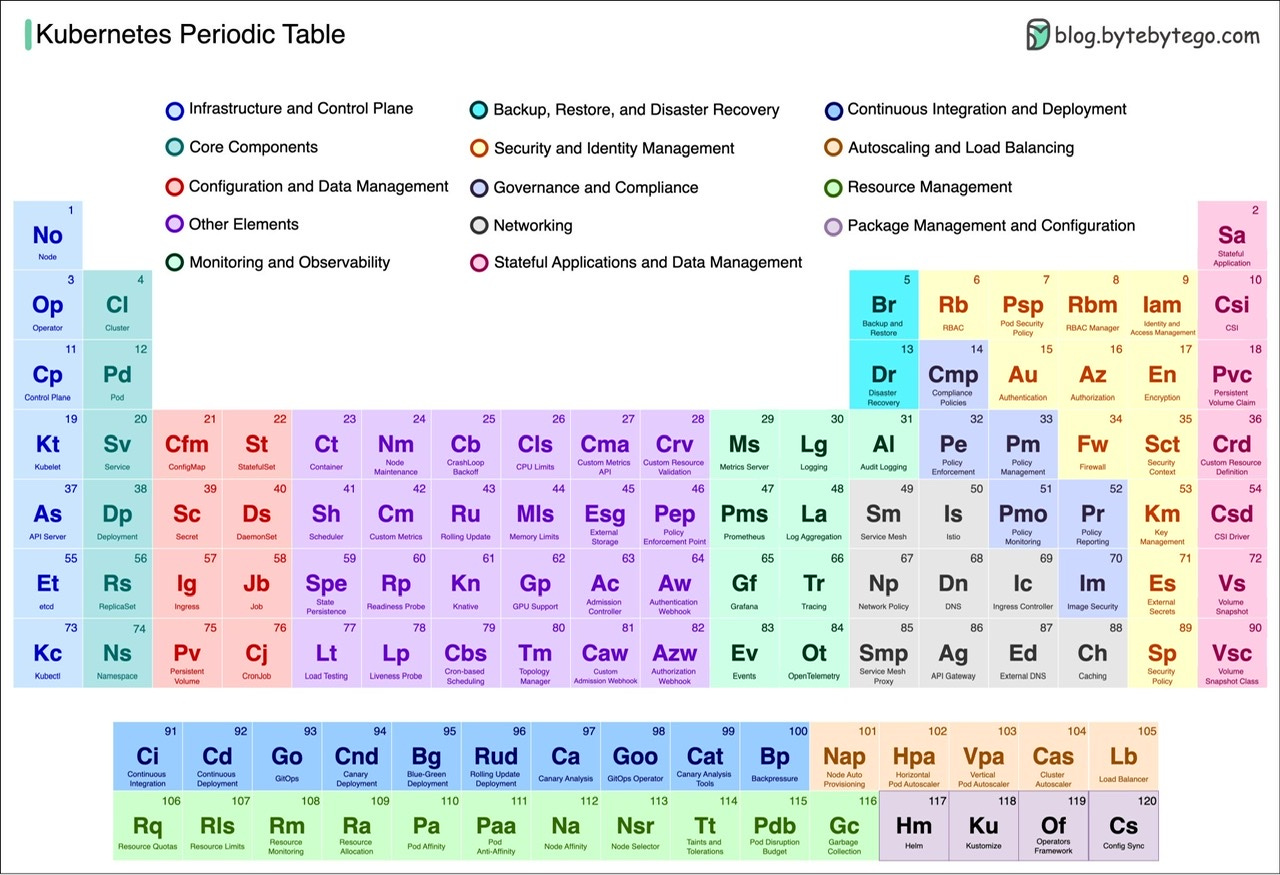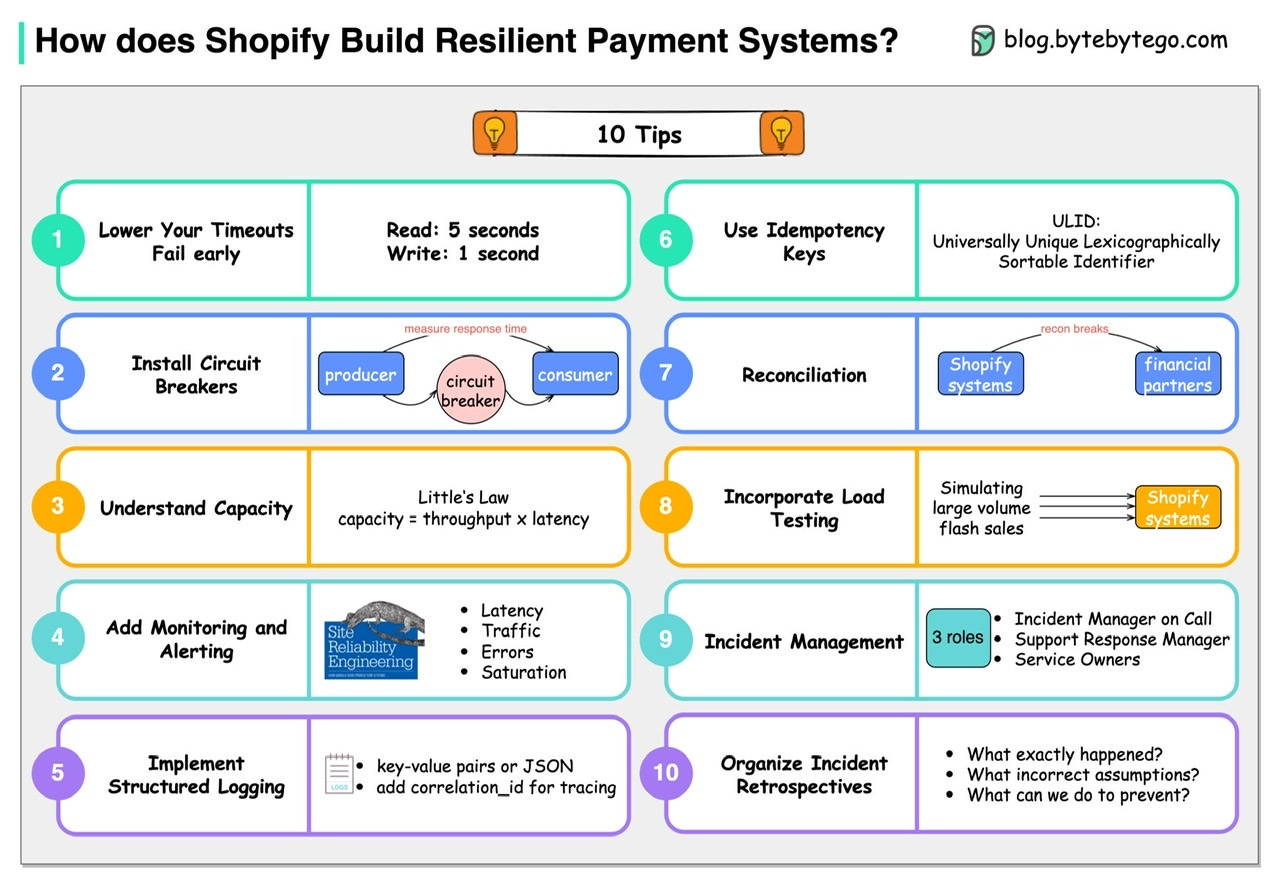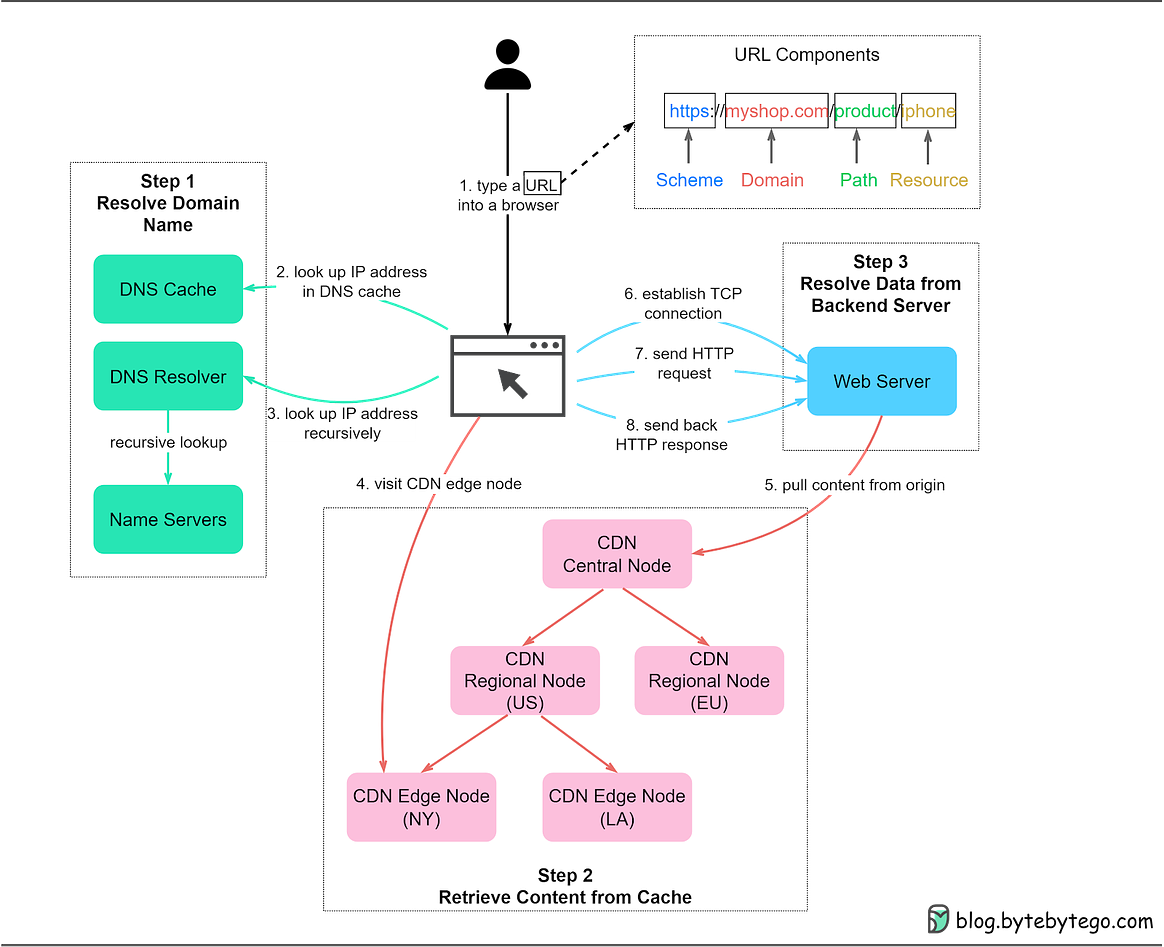- Mailing Lists
- in
- EP67: Top 9 Microservice Best Practices
Archives
- By thread 4771
-
By date
- June 2021 10
- July 2021 6
- August 2021 20
- September 2021 21
- October 2021 48
- November 2021 40
- December 2021 23
- January 2022 46
- February 2022 80
- March 2022 110
- April 2022 99
- May 2022 98
- June 2022 104
- July 2022 83
- August 2022 95
- September 2022 102
- October 2022 118
- November 2022 115
- December 2022 101
- January 2023 89
- February 2023 90
- March 2023 115
- April 2023 98
- May 2023 160
- June 2023 143
- July 2023 121
- August 2023 90
- September 2023 101
- October 2023 106
- November 2023 101
- December 2023 73
- January 2024 75
- February 2024 75
- March 2024 78
- April 2024 74
- May 2024 108
- June 2024 99
- July 2024 115
- August 2024 134
- September 2024 130
- October 2024 141
- November 2024 171
- December 2024 115
- January 2025 216
- February 2025 140
- March 2025 220
- April 2025 233
- May 2025 121
EP67: Top 9 Microservice Best Practices
EP67: Top 9 Microservice Best Practices
This week’s system design refresher:
👋 Goodbye low test coverage and slow QA cycles (Sponsored)Whether you need 200 test cases or 2000, QA Wolf will get your web app to 80% automated end-to-end test coverage in just 4 months. All they need is a product tour and access to an environment to get started. QA Wolf will:
Skeptical? Think your web app is too complex? QA Wolf offers a 90-day pilot so you can try them out. Schedule a demo to get started. Evolution of the Netflix API ArchitectureThe Netflix API architecture went through 4 main stages.
We explain the evolution in a 4-minute video. 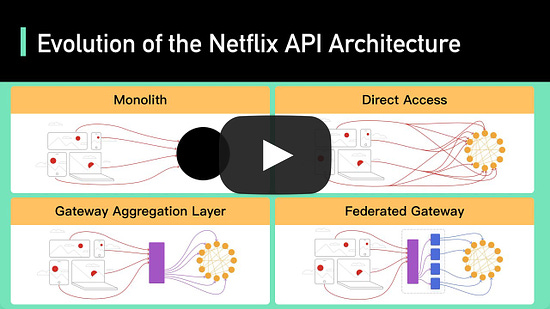 9 best practices for developing microservicesWhen we develop microservices, we need to follow the following best practices:
Over to you - what else should be included? The Code Review PyramidOver to you - Any other tips for effective code review? Kubernetes Periodic TableA comprehensive visual guide that demystifies the key building blocks of this powerful container orchestration platform. This Kubernetes Periodic Table sheds light on the 120 crucial components that make up the Kubernetes ecosystem. Guest post by Govardhana Miriyala Kannaiah 10 principles for building resilient payment systems (by Shopify)Shopify has some precious tips for building resilient payment systems.
Reference: Latest articlesHere are the latest articles you may have missed: To receive all the full articles and support ByteByteGo, consider subscribing: © 2023 ByteByteGo |
by "ByteByteGo" <bytebytego@substack.com> - 10:52 - 8 Jul 2023
